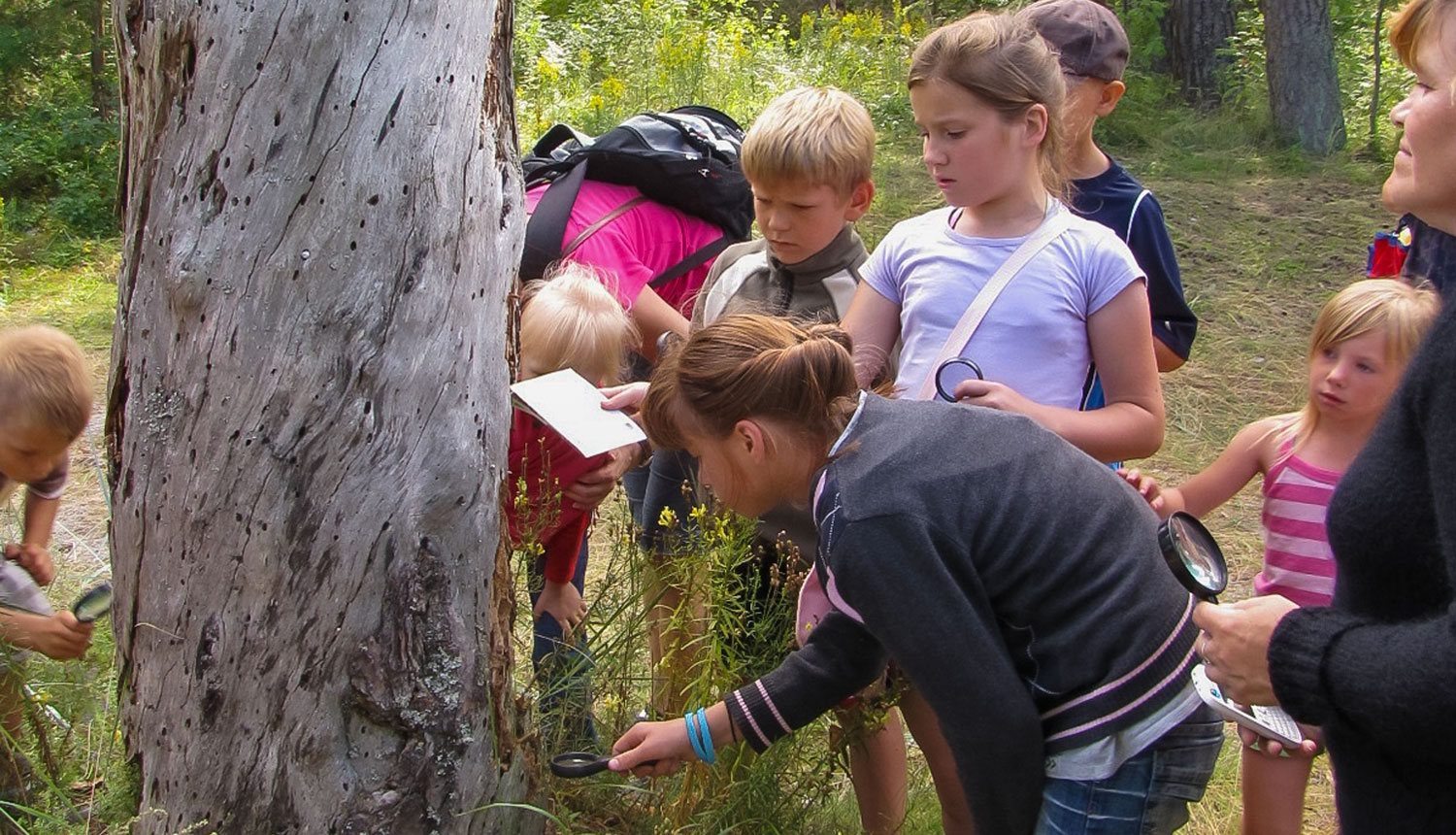In order to educate pupils on the principles of Nature-friendly behaviour and the negative impact of waste on nature diversity, the Nature Conservation Agency (“the Agency”) has developed a methodological material on nature-friendly behaviour and calls on school teachers to use it in day-to-day work.
Depending on the age of the pupils, the course and activity of the classes are different, but the action on which the methodological material is encouraged is one of the concerns of a clean environment so that walking in nature is a pleasure for everyone. The methodology is available on Agency website >>
"The survey of visitors by the administration shows that the number of tourists in all types of Nature sites is increasing very rapidly, such as trails, velo and sailing routes, viewing towers, marsh docks and other areas. . Unfortunately, with the increasing number of visitors, the amount of waste left in nature is also increasing. Waste not only creates an unaesthetic environment around us but creates environmental pollution and can become death traps for reptiles, birds and animals m. In order to encourage responsible action in nature, we call on schools to be involved in the education of children and young people, 'says Elina Ezerina, head of the Communications and Nature Education Division of the Nature Conservation Agency.
Through a variety of practical methods, pupils will have the opportunity to understand actions that have a negative impact on the environment around us, endangering both wildlife and their own health. . For example, the smallest will have the opportunity to develop the skills to fill their backpack before hiking in such a way as to reduce its weight as far as possible and to exclude things that would be wanted to get rid of during the hike, which is the most frequent way waste gets to nature. I. On the other hand, high-school pupils will have the opportunity to become more entrepreneurial in order to better understand how each person's actions can influence nature and the surroundings, and to encourage them to think about infrastructure and environmental accessibility.
The lessons are highly focused on the information campaigns carried out jointly by the Nature Conservation Agency and the World Nature Fund, “Going in Nature. What you brought, take it away!” an informational sign placed in nature trails and at various nature sites, to encourage the public to take it back. With video short films, pupils will become acquainted with the campaign's protagonist, badger, who is one of the cleanest animals in nature because they are constantly looking at cleanliness, and even before going into the cave to shake off legs.
In nature, you can go in any season. However, we are calling on schools to include this methodology in the training process and to participate in the competition “The most attractive lesson for nature-friendly action” by 31 October, by publishing on the social network site the course of the Facebook exercise in photo reporting or short video format, and by adding a textual description containing the “#koatnesitoaiznes” on the social network site.
In each class group, one class will be screened, the students of which will have the opportunity to go with the badger in a Nature learning lesson in one of the nature trails in the specially protected nature areas of Latvia or to visit the Nature paths of Ligatne. More about the contest > > >
The methodological material has been developed on the basis of a competence approach, bringing together several subjects in a single lesson. . The content of the classes, teaching methods and materials are adapted to each age class group: primary school pupils (classes 1-4), primary school pupils (classes 5-6 and classes 7-9) and secondary school age pupils (classes 10-12). For the full learning of knowledge, the methodology is intended to be implemented in both indoor and outdoor classes, first by learning theoretical knowledge indoors and then by reinforcing them during a voyage in nature.



